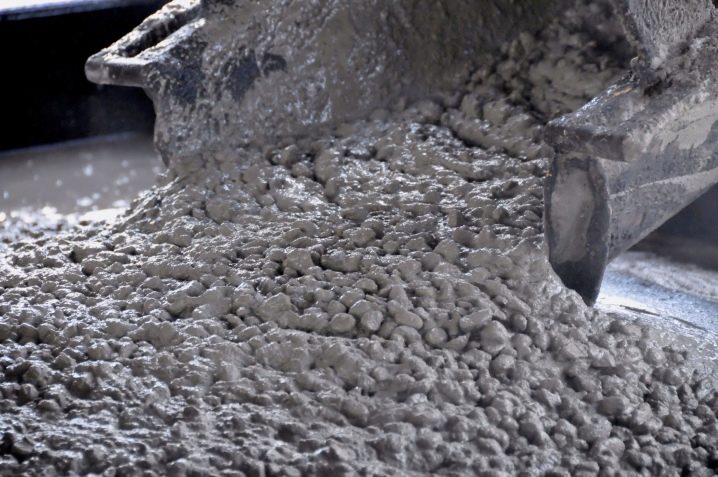Cement Gas Migration Resistance Testing
The integrity of oil wells is paramount in ensuring safety and efficiency during extraction processes. One critical aspect that must be meticulously evaluated is the resistance of oil well cement to gas migration. This testing ensures that the cement used in the construction of oil wells can withstand the pressure and corrosive environments encountered underground, thereby preventing potential leaks that could compromise both operations and surrounding areas.
The integrity of the cement lining is crucial as it forms a barrier against hydrocarbons, water, and other fluids. Gas migration through this barrier can lead to significant operational disruptions and safety hazards. Therefore, testing the gas migration resistance of oil well cement is an essential step in ensuring that the materials used meet stringent industry standards.
The process involves subjecting the cement specimens to controlled conditions that simulate real-world scenarios such as temperature, pressure, and exposure to various gases. This helps in determining whether the cement can effectively prevent gas from migrating through it over extended periods under challenging environmental conditions. The results of these tests are critical for quality assurance teams who rely on them to make informed decisions about material selection and well construction.
The industry standard ISO 14682:2013 provides guidelines for conducting this type of test, ensuring that the methodologies used are consistent across different laboratories. By adhering strictly to these standards, we can ensure accurate and reliable results which are essential for meeting regulatory requirements set forth by organizations like API (American Petroleum Institute).
Understanding the specific properties required from oil well cement is vital when selecting appropriate samples for testing. These include factors such as compressive strength at various ages, flexural strength, water permeability, and resistance to chemical attack among others. Each of these attributes plays a role in determining how effectively the cement will perform its intended function within an oil well.
The testing procedure itself involves placing prepared cement specimens into specially designed chambers where they are exposed to varying levels of pressure and temperature while being subjected to different types of gases. This allows for an assessment of the ability of the cement to resist gas migration over time. After exposure, the specimens undergo detailed analysis using advanced imaging techniques such as X-ray diffraction (XRD) or scanning electron microscopy (SEM), allowing analysts to observe changes in microstructure and composition that might indicate compromised integrity.
It is important to note that successful completion of this test does not only reflect well on the manufacturer but also instills confidence among stakeholders regarding the reliability and effectiveness of the products being used. As such, it serves as a key component in maintaining high standards within the oil & gas industry.
Scope and Methodology
| Parameter | Description |
|---|---|
| Cement Sample Preparation | The cement samples should be prepared according to ISO 14682:2013, ensuring uniformity and consistency across all specimens. |
| Exposure Conditions | Specimens are exposed to varying pressures and temperatures simulating actual well conditions. Exposure also includes exposure to different gases like CO₂, H₂S, etc., for extended periods. |
| Analysis Techniques | Post-exposure analysis involves detailed examination using advanced imaging techniques such as XRD and SEM to assess microstructural changes that may indicate compromised integrity. |
Benefits
The primary benefit of conducting cement gas migration resistance testing lies in its ability to protect against operational disruptions due to leaks or failures within the well structure. By ensuring that the chosen cement has adequate resistance to gas migration, companies can avoid costly downtime associated with repairs and maintenance.
From a safety perspective, preventing gas leakage is crucial for protecting both workers on-site and nearby communities from potential hazards posed by toxic gases like hydrogen sulfide (H₂S). This testing thus contributes significantly towards enhancing workplace safety standards.
In addition to these direct benefits, successful completion of this test also enhances the reputation of manufacturers who produce high-quality materials capable of meeting rigorous industry requirements. It demonstrates a commitment to excellence and reliability which is highly valued by customers operating in this competitive market.
Furthermore, compliance with regulatory standards like API specifications ensures that all operations conducted are up-to-date with current best practices recommended by governing bodies. This helps maintain consistency across projects while ensuring adherence to international norms.
Industry Applications
The application of cement gas migration resistance testing extends beyond just oil wells; it can also be applied in other sectors involving similar environmental challenges such as carbon capture and storage (CCS) projects where the integrity of injected fluids must be maintained over long durations.
In CCS applications, the same principles apply but with an added layer of complexity due to the need for long-term stability and permanence. The tests help ensure that the materials used are capable not only of resisting gas migration but also maintaining their structural integrity under prolonged exposure conditions.
Other potential areas include geothermal energy production where there is a constant risk of fluid movement through porous rock formations. Properly tested cements can play a vital role in creating barriers against such movements, thus safeguarding both the environment and infrastructure involved in these operations.





